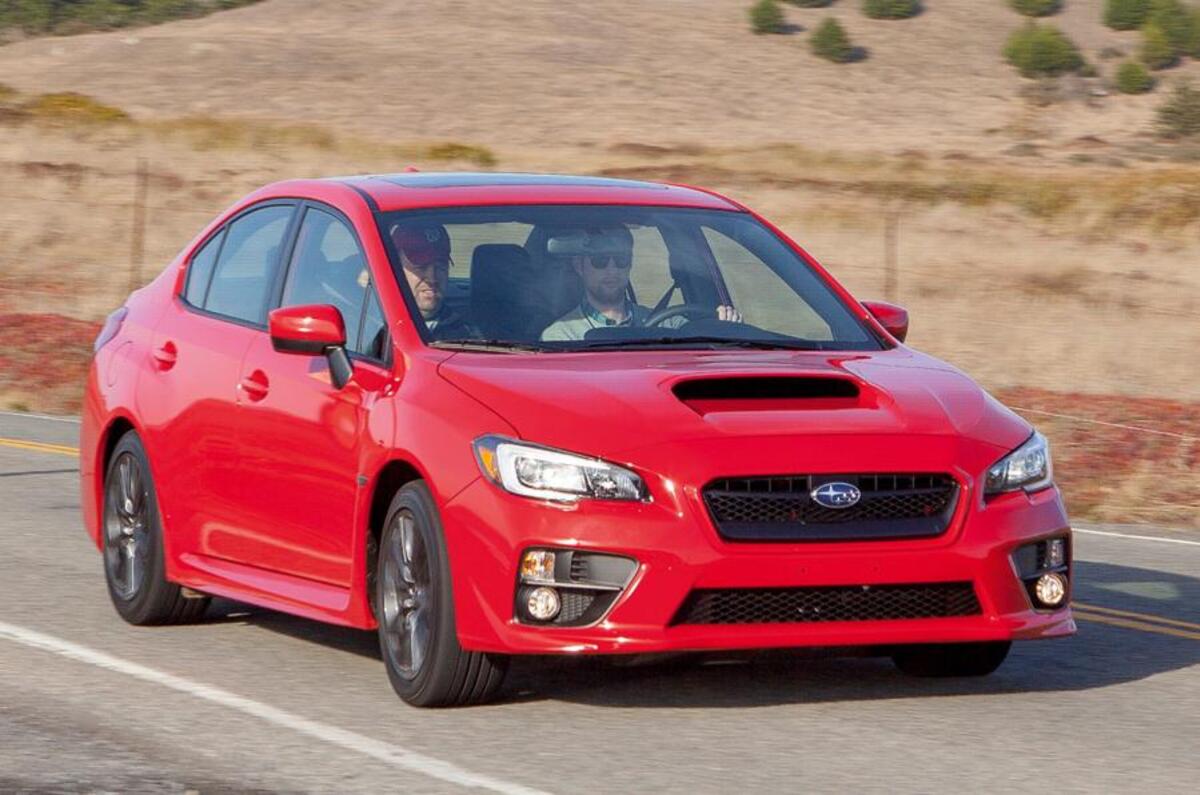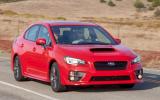This is the latest version of Subaru's WRX, which was formerly known as the Impreza.
It’s as if Subaru is fully aware that it lost the plot with the standard WRX over the years and it wants to prove that it still know what it's doing. Torsional rigidity of the new car is up 41 per cent. Spring rates are bumped 39 and 62 per cent front to back, all resulting in sharper handling.
Much of this is possible due to Subaru only offering the new WRX as a saloon, frustrating from a practicality (and styling) aspect but good for chassis rigidity.
The WRX features the latest turbocharged version of Subaru’s FA20 2.0-litre boxer too. It’s also used in the Forester 2.0i XT in the UK, but the WRX uses different camshafts and valve springs. It’s a development of the naturally aspirated engine fitted to Subaru’s Subaru BRZ (and Toyota GT86). Direct injection allows a 10.6:1 compression ratio, and Dual Active Valve Control System (D-AVCS) is also utilised.
Its 258lb ft of torque is available all the way from 2000 to 5200rpm, despite less maximum boost pressure than the Forester (15.9psi versus 17.1psi), fuel economy is an impressive 25 percent better on the American combined cycle than the WRX STI’s carry-over 2.5-litre engine. A new CVT automatic transmission is also offered, complete with paddles.
The 6-speed manual gearbox and conventional handbrake perfectly fit its rally car roots. Related, the stability control can be fully disengaged quickly and simply. That’s important in a WRX.







































